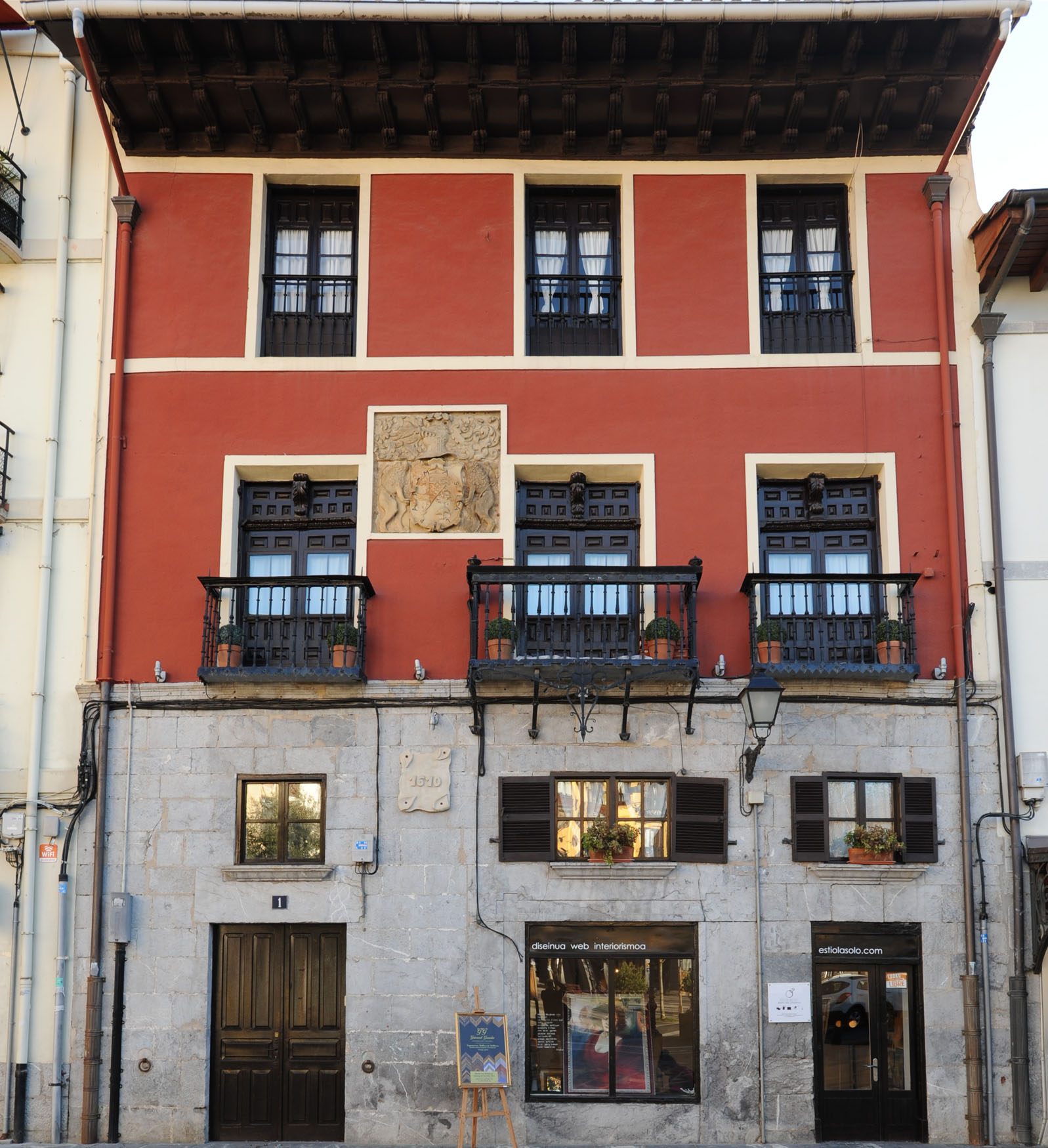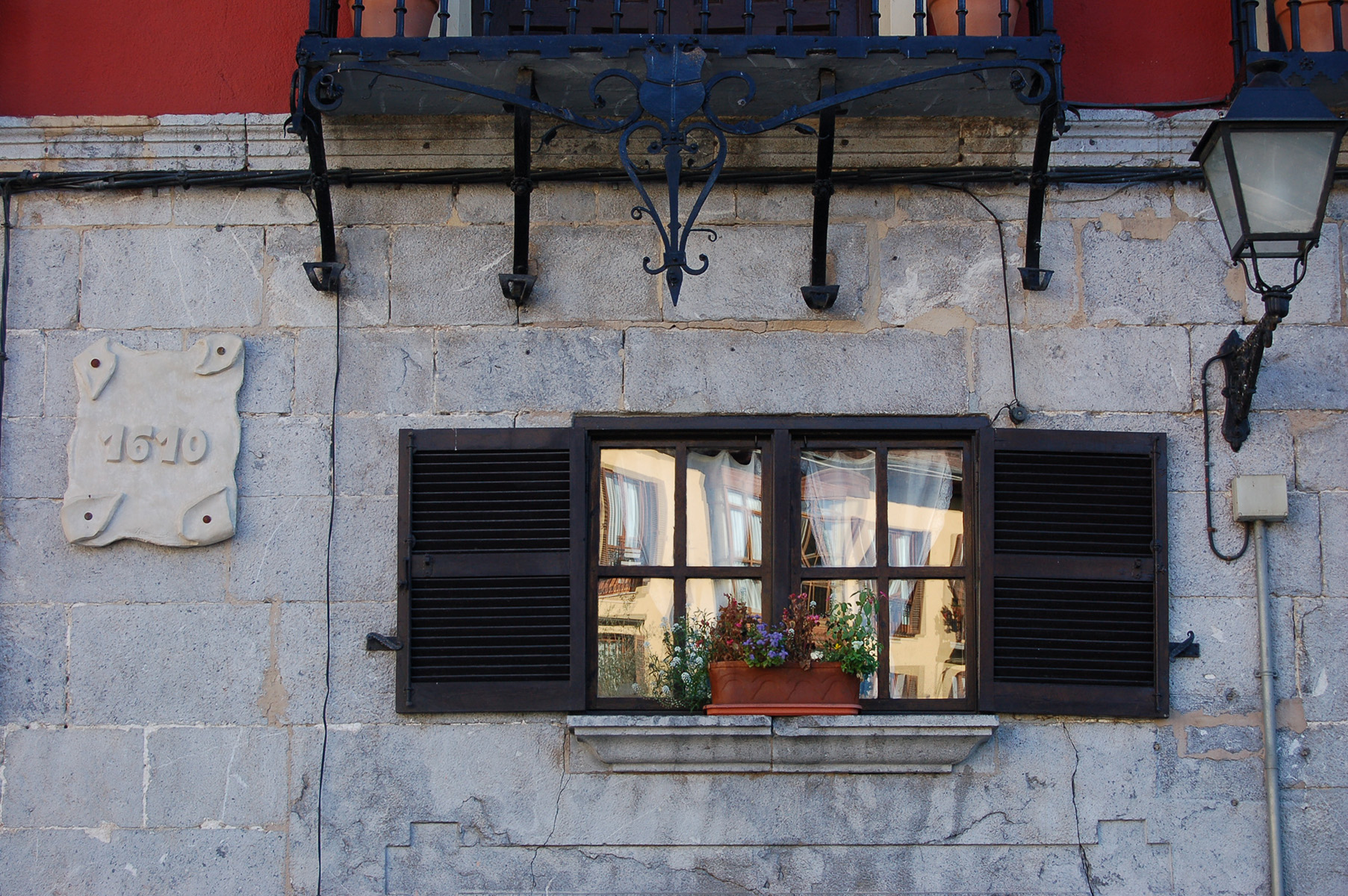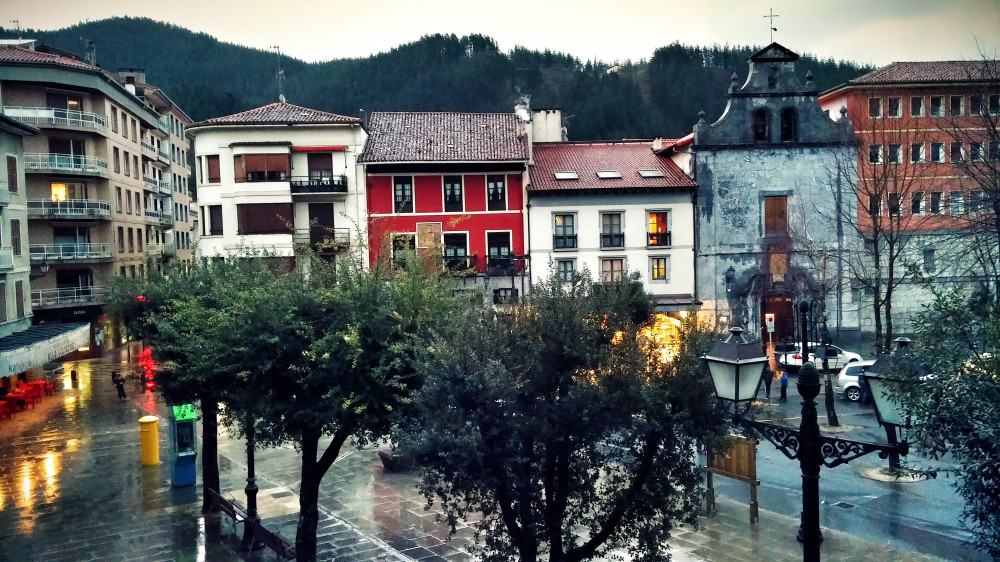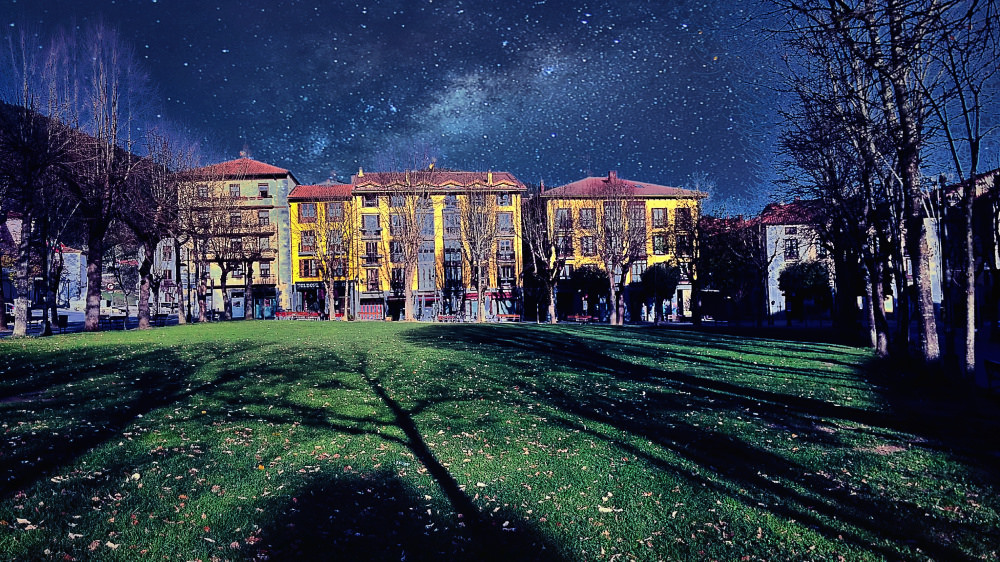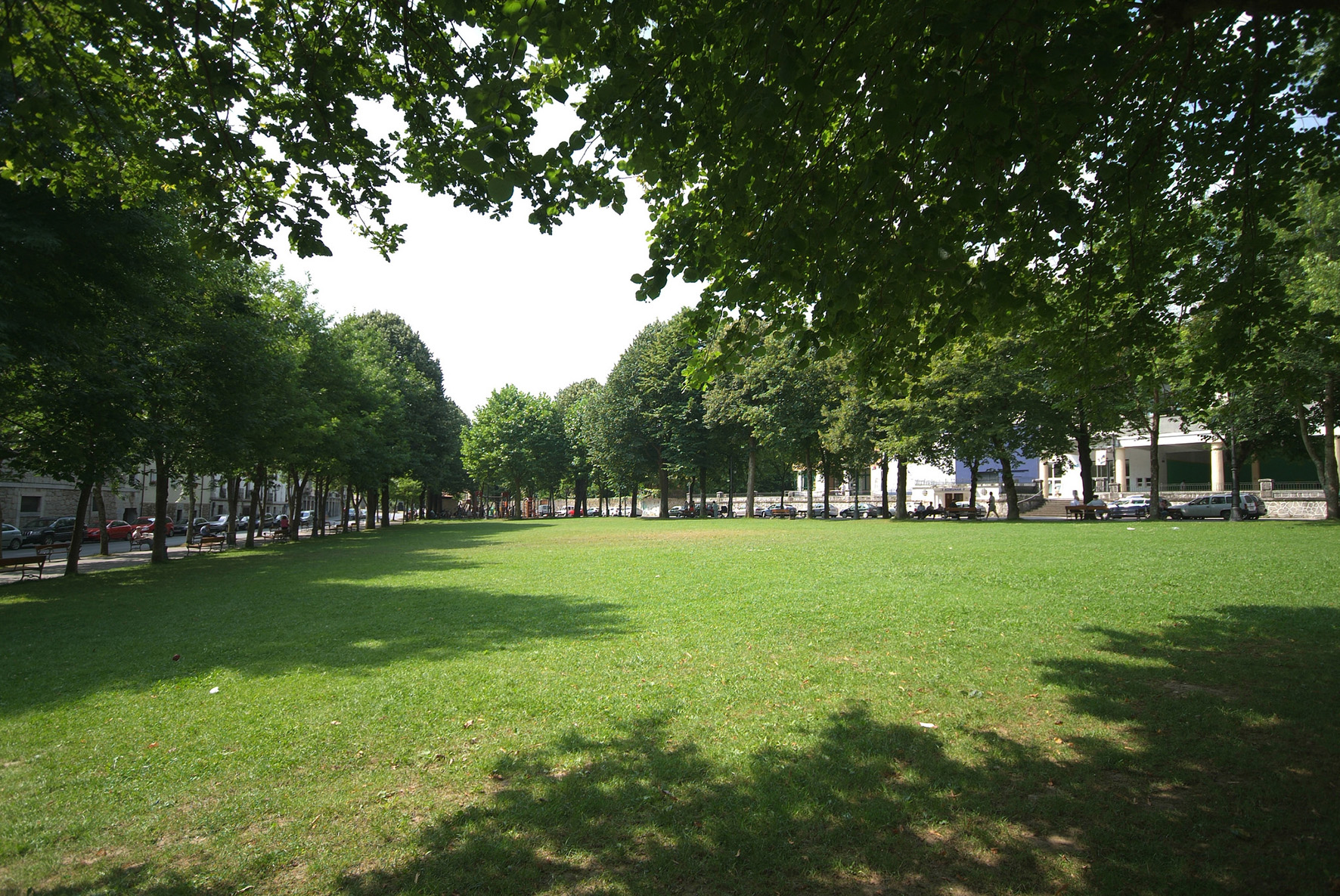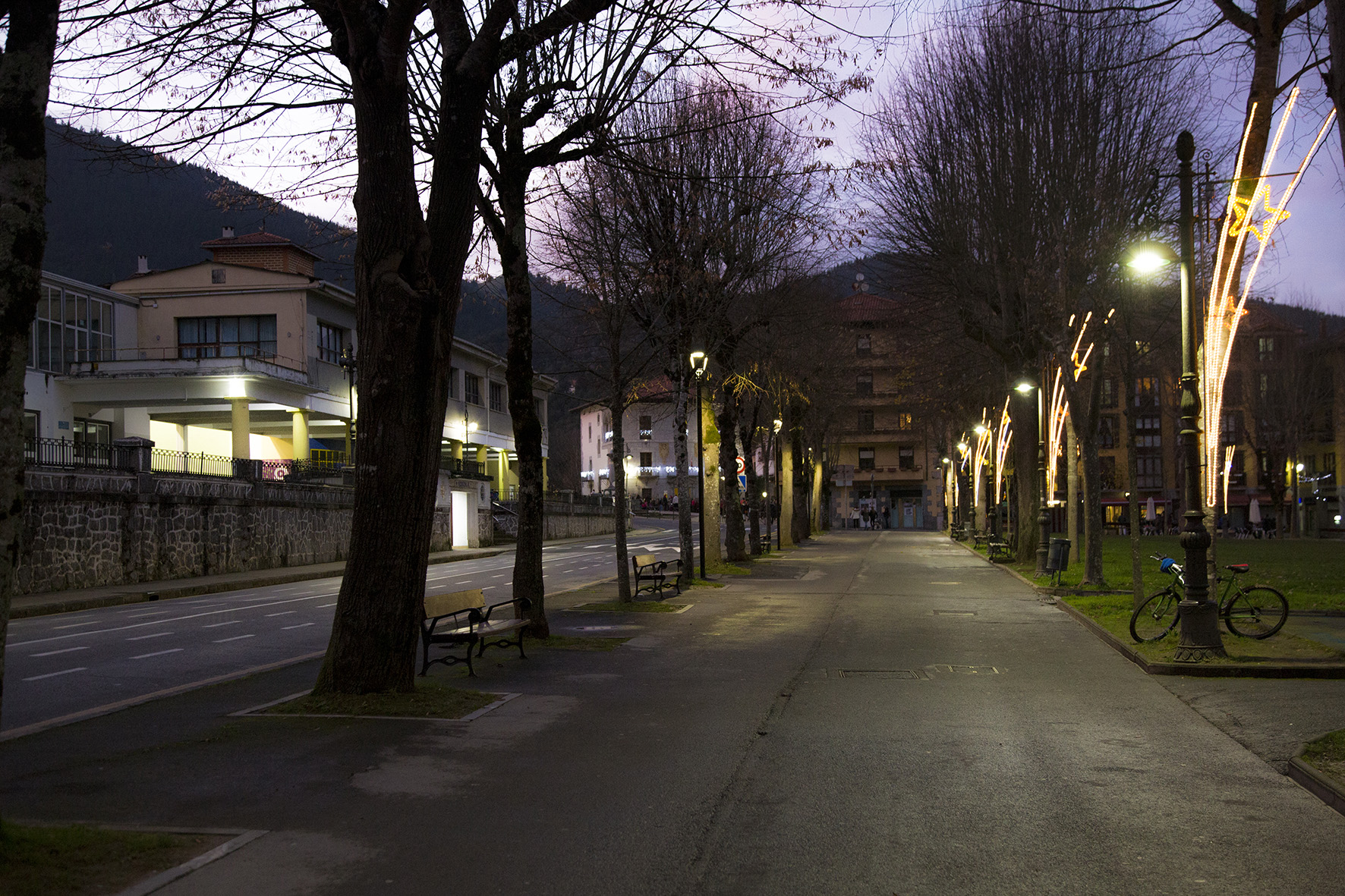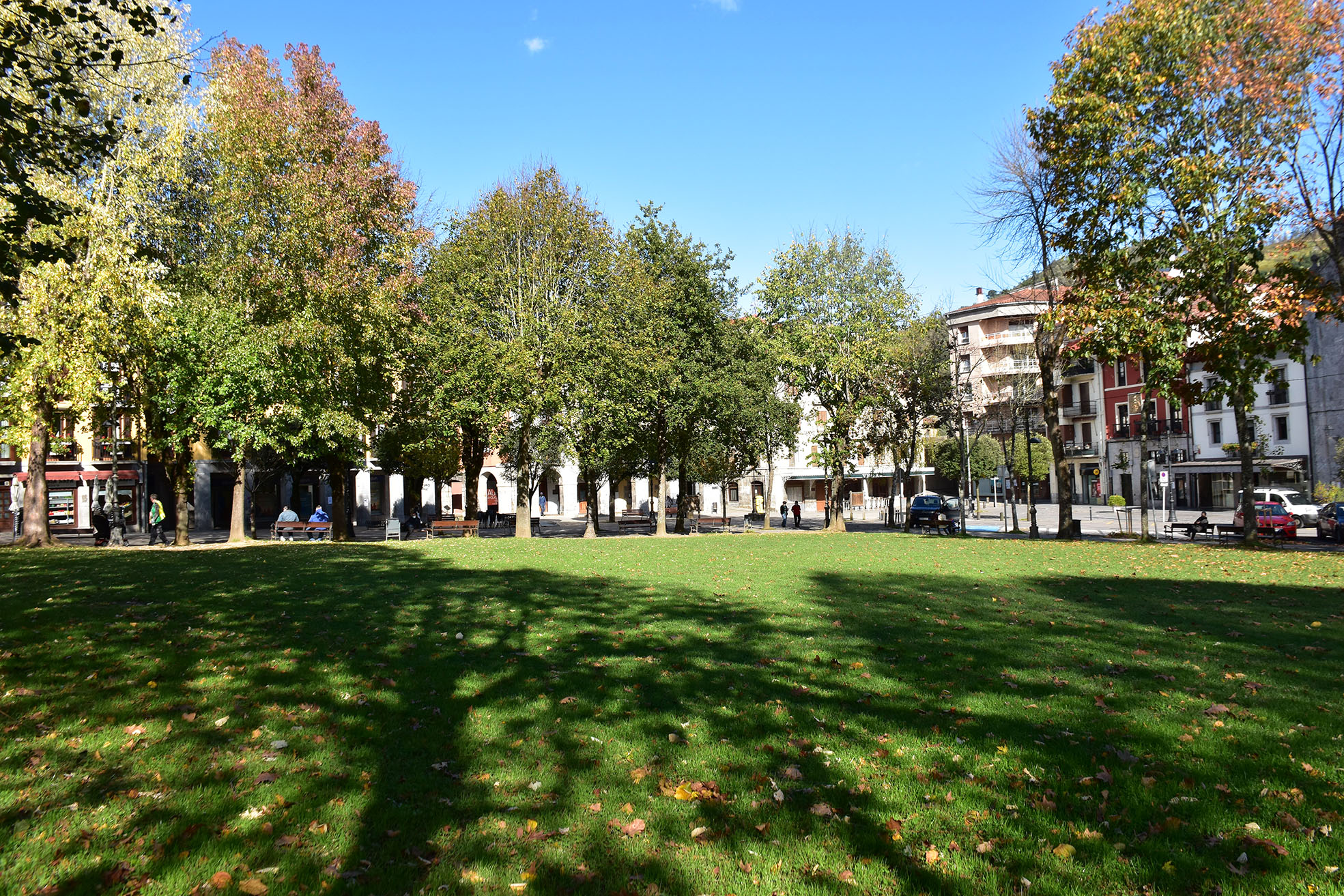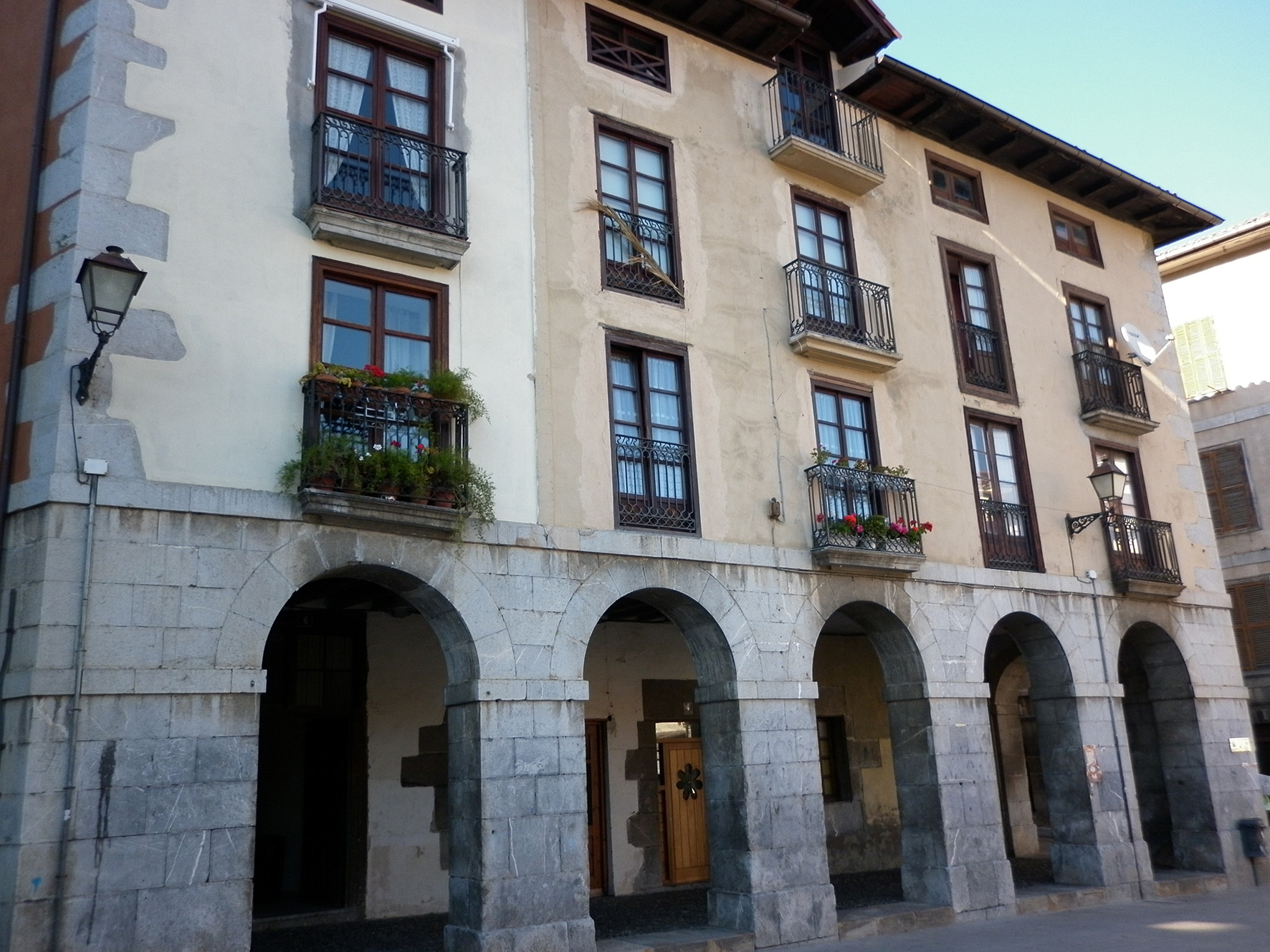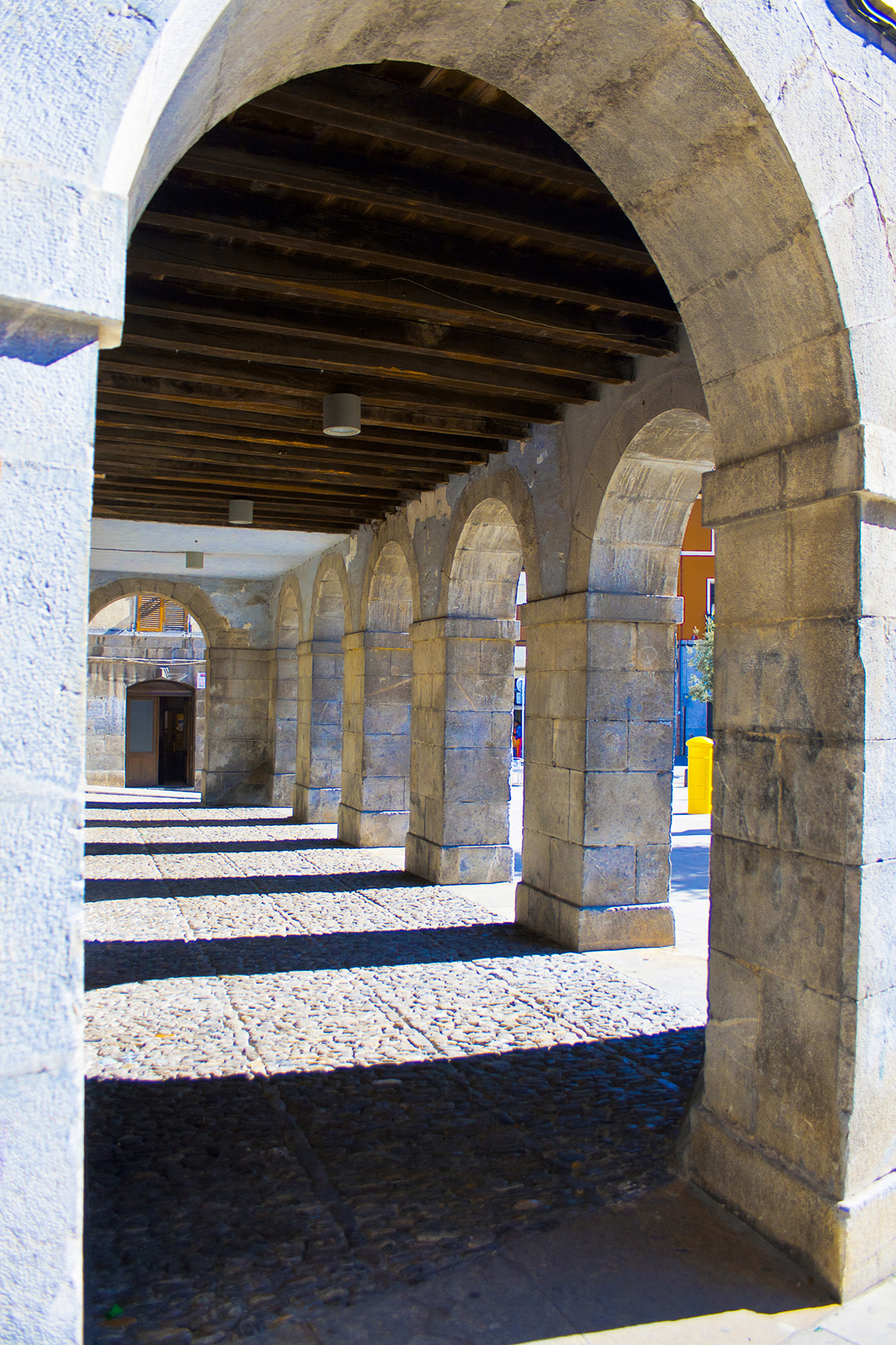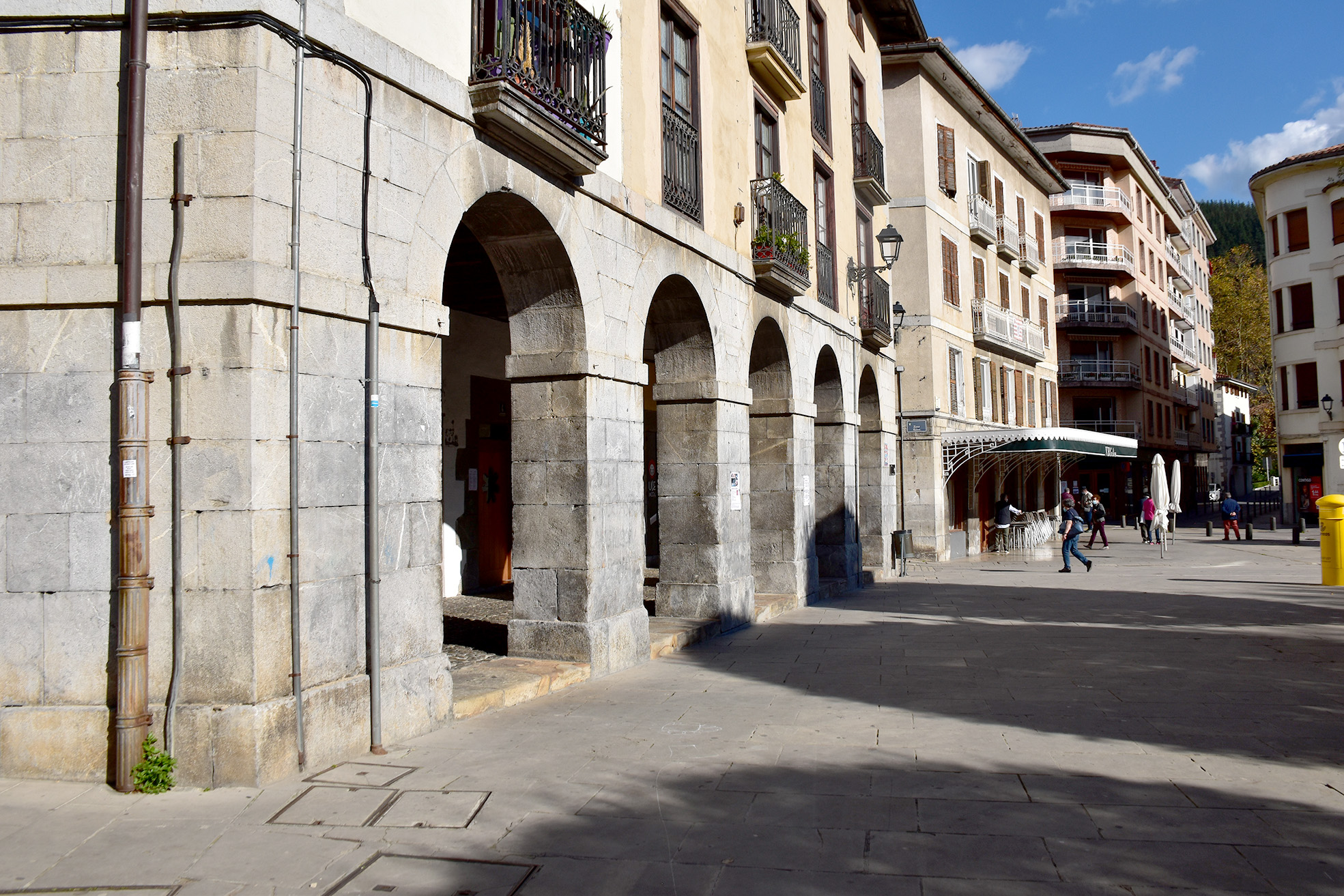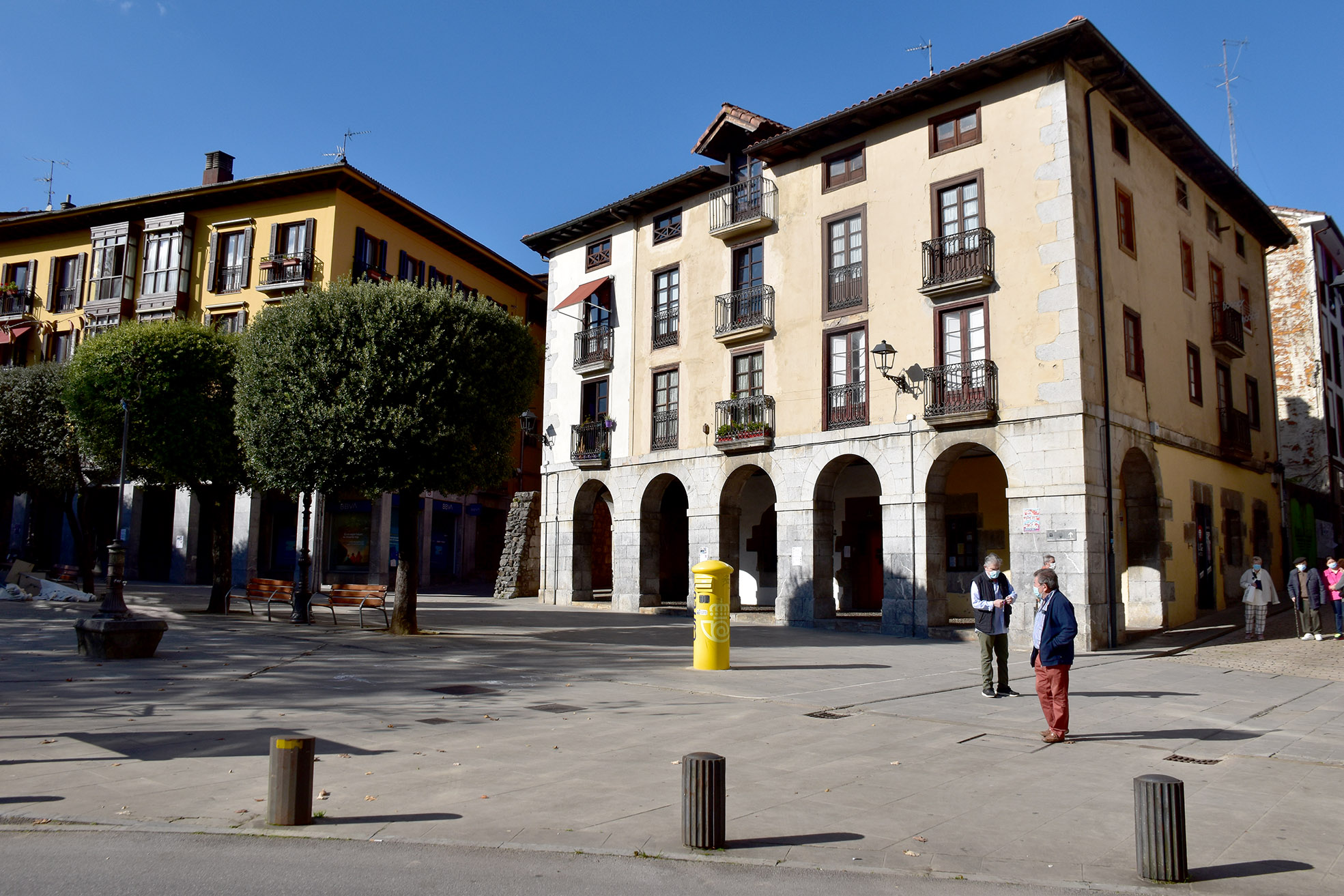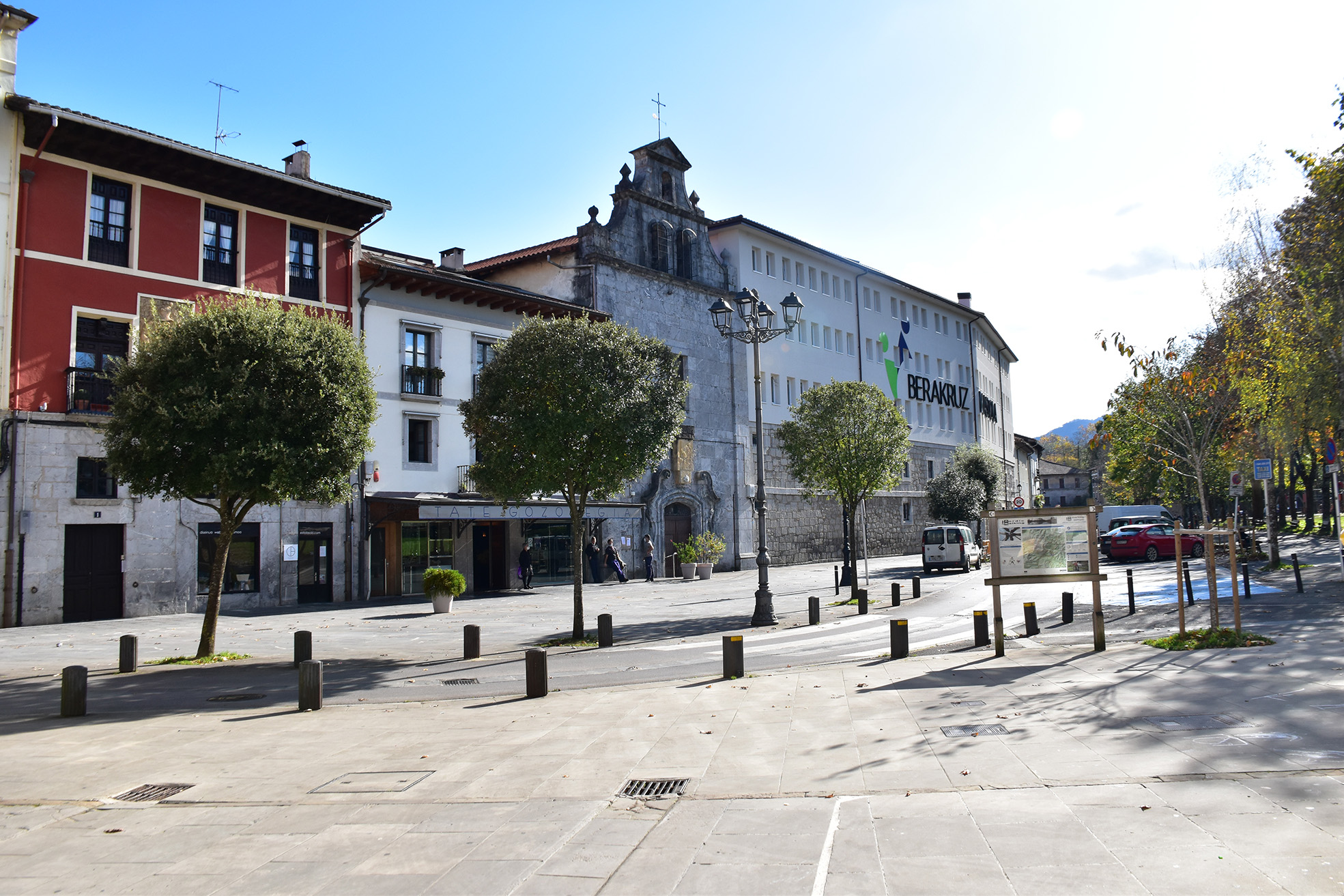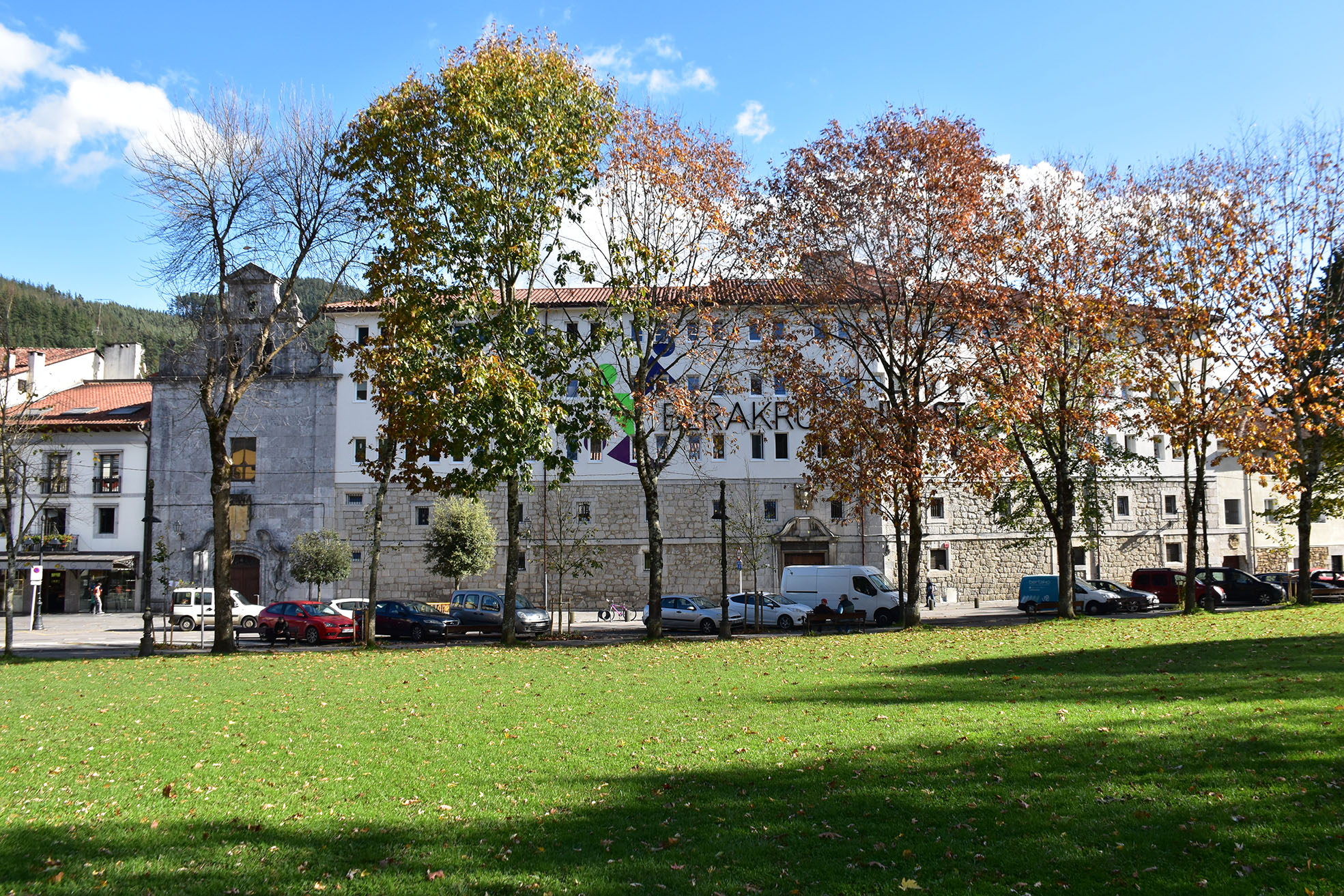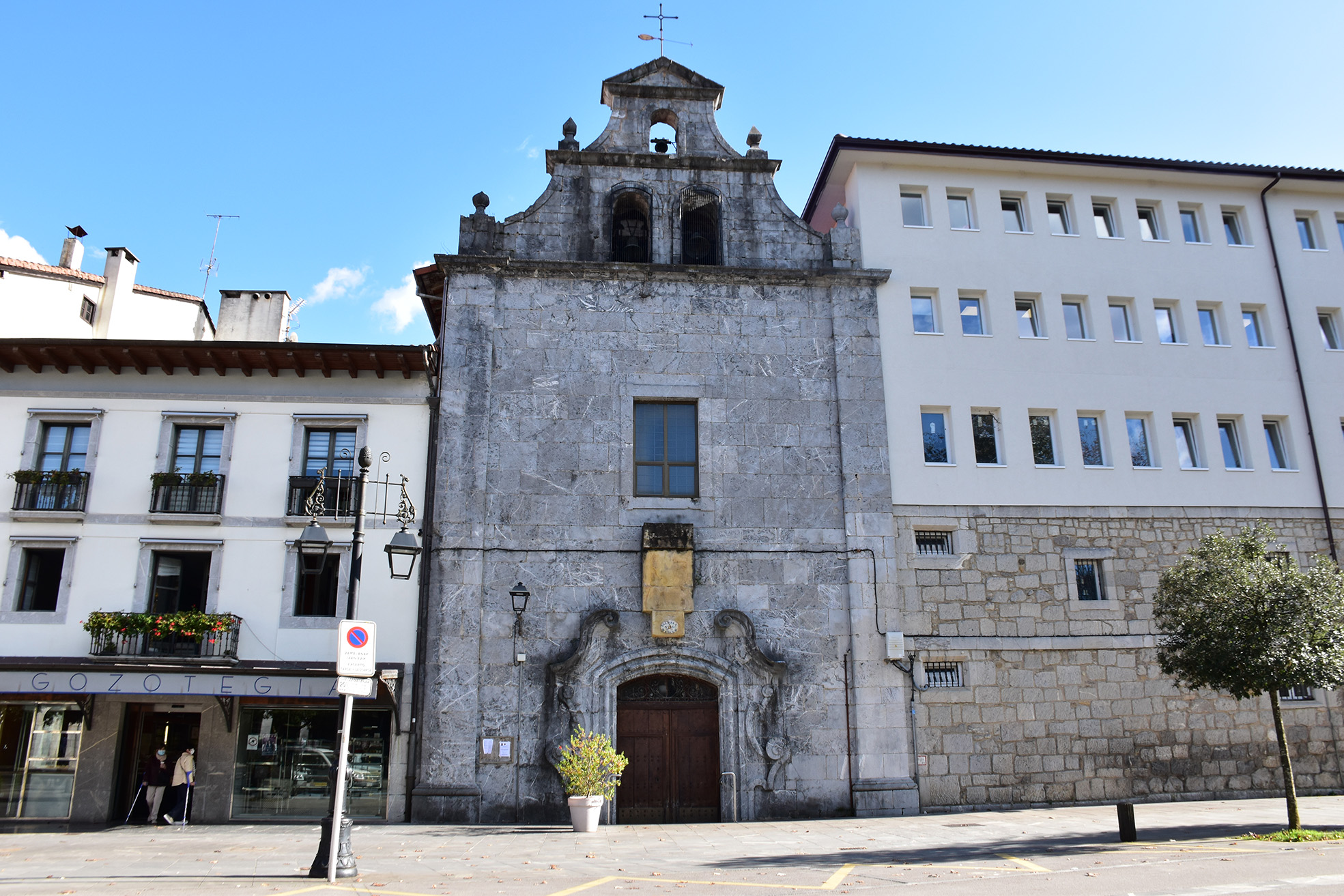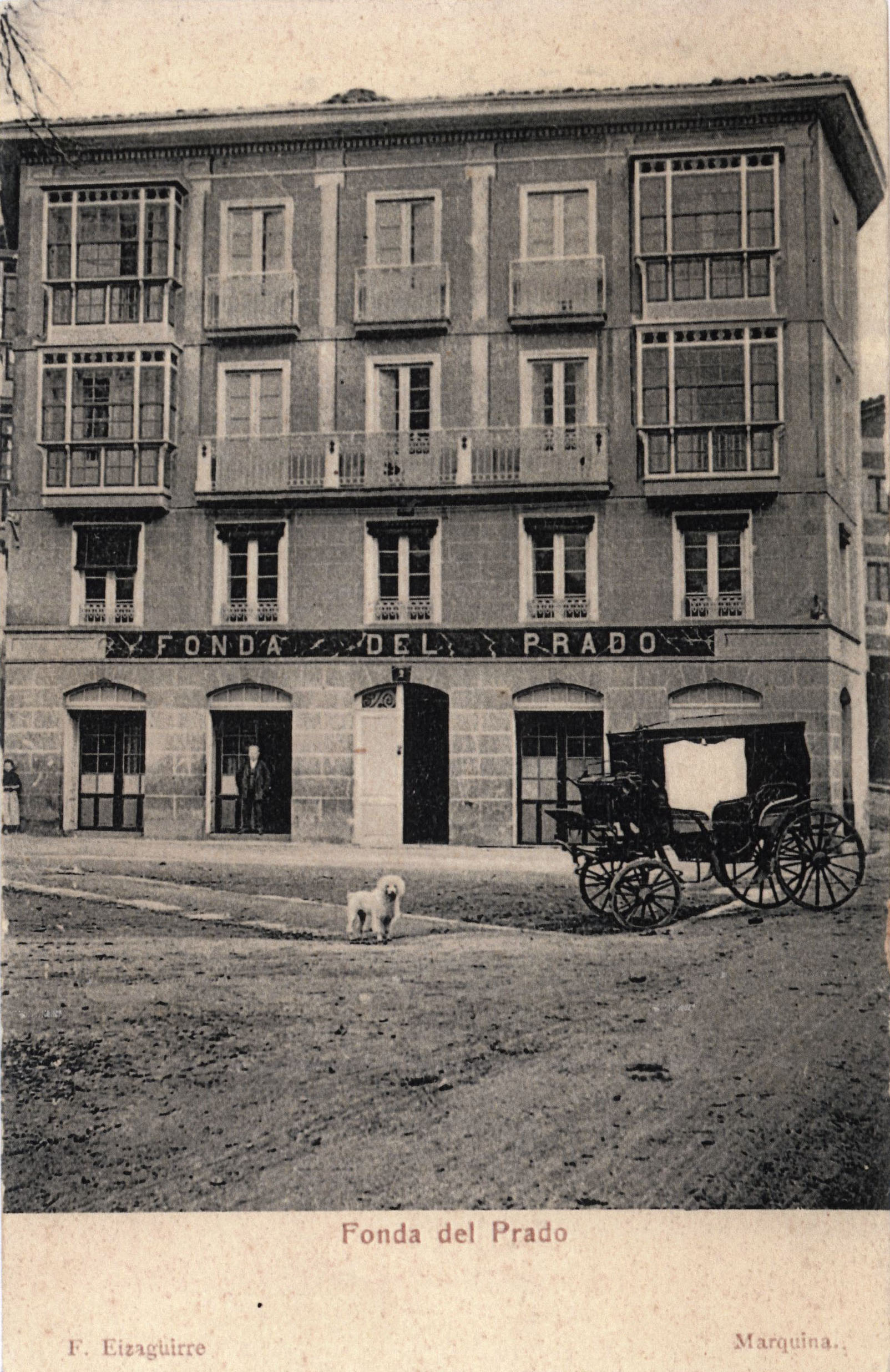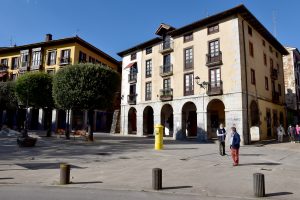
Arkupe
Next to the old southern portal of the wall (called the Irureta portal) is the Arkupe house. It is a neoclassical building from 1854 with an arcaded facade facing the meadow, demonstrating its appreciation for the immemorial recreation place of the town.
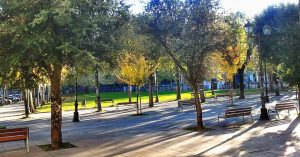
Prado
An old oak grove, an important element in the urban layout of Markina, a meeting place and a place for taking strolls.

Ubilla Tower
Baroque construction of the seventeenth century (1610). On its facade is the same shield that the tower of the same name, located in Urberuaga next to the BI-633 road, has. The oval shield contains a cross with fleur-de-lys outlines, a ribbon with dragon mouths, a tree with a passing animal and the inscription of the Ubilla motto: Paz más vale (Peace is better).
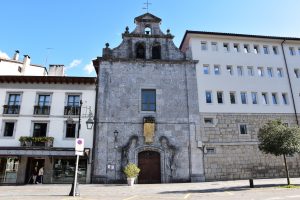
Church and convent of La Merced
The community that existed without cloister since 1547 in the convent of San Agustín, on the opposite side of Santa María de Xemein, moved in 1653 to the current convent in the suburb of Abesua. The church dates from the 18th century (1793). Its limestone facade is in general simple, although the baroque manifestations are accentuated in the access. Above it is an empty sandstone cartouche, perhaps prepared to house the shield of the Order. It is finished off with a two-section belfry surmounted by a cross. The interior is shaped like a Latin cross and has the images of the Virgen de la Merced, san Pedro Nolasco, Nuestra Señora of Socorro, san Ramón Nonato and san Blas. On the baroque convent, the three brick floors were built in the 20th century by the Alava architect José Luis López de Uralde. Above the access, within a split pediment, the shield of the Order of Mercy is displayed: two children figures hold a crown and under it, the arms of Mercy, a cross and the four beams of the House of Aragon. Likewise, the facade shows another shield of the Order, although it´s a more modern work.
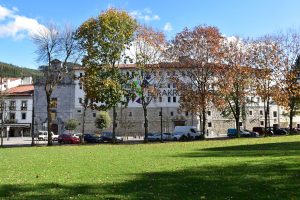
Berakruz ikastola
In 1917, the Colegio of the Merced began its journey launched by the Mercy nuns. They started with a small group of students with a clear objective: for women to have a place to train and expand their opportunities. In 1945, the Mercy nuns and the Berriz Congregation joined forces to set up the congregation that continues today: MMB or Missionary Nuns of Berriz. In 1961, expansion plans were carried out in the main building to start up the boarding school and expand the educational offer: it began to give Agricultural and Administrative high school. At that time, the school was renamed Colegio de la Vera-Cruz. In the period of democracy, when the possibility of teaching classes in Basque opened up, the School’s commitment to Basque culture was expanded. In 1985, the Colegio de la Vera-Cruz and the Ikastola Zerutxu were integrated and it took the name of Berakruz ikastola as we know it today.
Abesua 3
48270 Markina-Xemein

